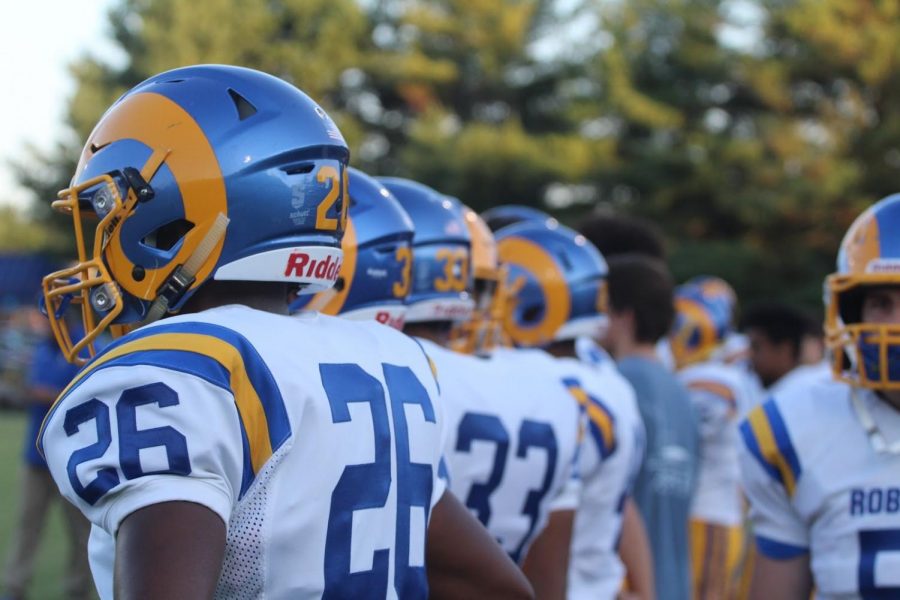There is a certain epidemic circulating throughout this country, far from the typical problem. This one is larger and more uncontrollable, as kids faced with this problem have to come to terms with it every day. This is, of course, the “bullying epidemic.”
“Bully,” a documentary directed by Sundance and Emmy award winner Lee Hirsch, focuses on the current problems bullying incites. The story follows five families in their quest to overcome their children’s bullying problems. The movie does an adequate and thorough job of putting a face on the problem of bullying.
The film opens with a homemade video of a little boy staring into the camera. The little boy smiles and giggles as he explores his home. The camera then switches to a father talking about his child, Tyler. He describes how Tyler used to play and laugh with his family, all while a tear is rolling up in his eye. The father describes how the bullying became so bad, Tyler decided to take action. The father then solemnly says his son committed suicide at the age of seventeen.
After drawing in the film audience with this horrific, heartbreaking story, Hirsch then takes viewers on a tour of the country and the bullying problems children face today. We meet a young 12-year-old boy living in Iowa, made fun of because the way he looks. The boy, Alex, is victimized almost daily on the school bus. Not only is he abused verbally, but items are thrown at him, he is sat on and he is constantly punched and hit.
Viewers are then taken into Oklahoma, where a 16-year-old girl takes verbal abuse daily because she is attracted to members of the same sex. The audience is then flown to Mississippi, where a young girl felt so threatened by bullying, she felt the necessity to bring a gun to school. And finally, viewers are shown to Oklahoma once more. Here, a thirteen year old boy committed suicide because his bullying problem was so extreme.
Hirsch’s technique in showing the audience these stories is almost perfect. The camera focuses upon the faces of each interviewee to capture each of their emotions. The interviewees speak in such a soft, sentimental way, it is almost impossible to not have a sense of empathy for these people.
Hirsch also does a tremendous job in bringing to life not only the children’s struggles, but the parents’ struggles as well. We see parents try and fight for their kids in school, in the courtroom and at town meetings.
However, Hirsch does not perform a perfect job in bringing bullying to life. Despite his following of five children and families across the country, “Bully” only focuses on families living in the South and Midwest. Bullying is a nationwide problem and not just found in certain regions across the country.
“Bully” also tends to focus on just the problems of bullying, and not the actions people can take to stop it. All citizens have heard the terrors that bullying causes, but viewers have not heard much about what the possible solutions may be. “Bully” adds to the terrors we hear, but contributes zero to the possible solutions.
“Bully” is not a movie for the faint of heart. There are many scenes depicting the extremely harsh reality kids face today. It may not be part of a solution for bullying, but these stories are worth hearing.




